Dolphins and toothed whales belonging to the mammal family. Approximately, there are 42 dolphin species and 7 porpoise species which are grouped into six families: the oceanic dolphin family is by far the largest with 38 members; the porpoise family has seven members; and there are four river dolphin families, each containing just one species in the world.
1 / 8
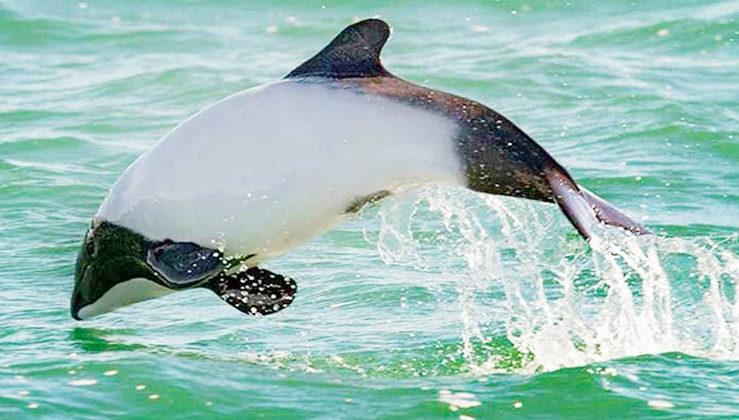
Most dolphins are small, measuring less than 3 metres (10 feet) in length, and have spindle-shaped bodies, beaklike snouts (rostrums), and simple needlelike teeth. Some of these cetaceans are occasionally called porpoises, but scientists prefer to use this term as the common name for the six species in the family Phocoenidae, all of which differ from dolphins in having blunt snouts and spadelike teeth. Commerson’s dolphin (Cephalorhynchus commersonii) is one of the cutest dolphin in the world. Lets learn more about this amazing creture.
2 / 8
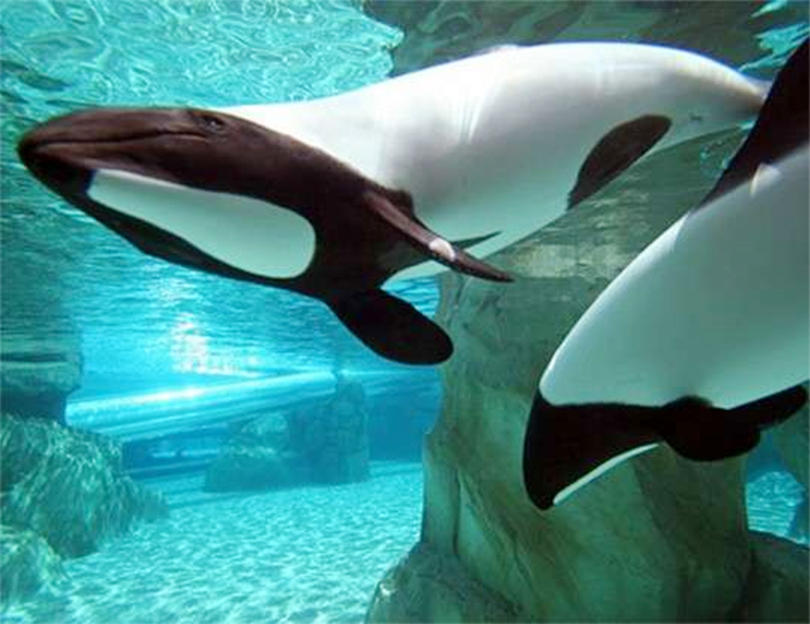
They were discovered by the French naturalist Philibert Commerson who gave it his name, Commerson’s dolphin or Cephalorhynchus commersonii also called the panda dolphin is the smallest cetacean of the Delphinidae species. This dolphins are strikingly black and white, small cetaceans found in southern waters. They are social, often ride bow waves, swim upside down, and hunt fish.
3 / 8
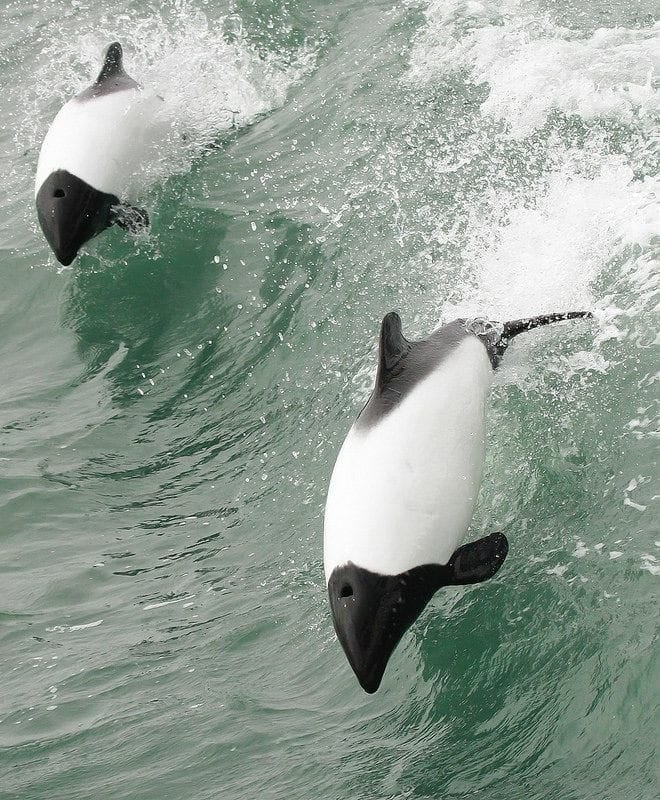
Panda Dolphins? With its head that has no beak, its fins and tail of a beautiful black, and the rest of its body entirely white, it reminds us the orca, but its small size and its squat body makes it look a little more like a porpoise. It can measure up to 150 cm and weigh between 35 and 85 kg. Viviparous, it can reproduce from 6 years old and mates in spring or summer. Gestation lasts 11 months, and the Commerson’s dolphin gives birth to only one baby. This occurs only in deep water, so the baby can breathe quickly on the surface of the water.
4 / 8
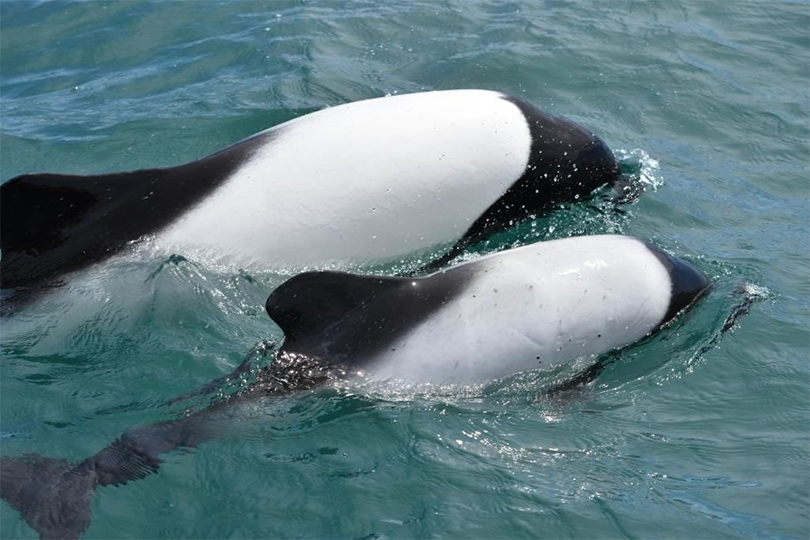
The Commerson’s dolphins are only six inches larger than the smallest dolphin species, the Hector’s dolphin. Commerson’s dolphins can reach a little over five feet long and weigh 60-110 pounds with the females being slightly larger than males. The difference between the subspecies is the commersonii has a distinct white and black coloration while the kerguelenensis is more dark and light grey. They also have stocky bodies, rounded flippers, and small beaks.
5 / 8
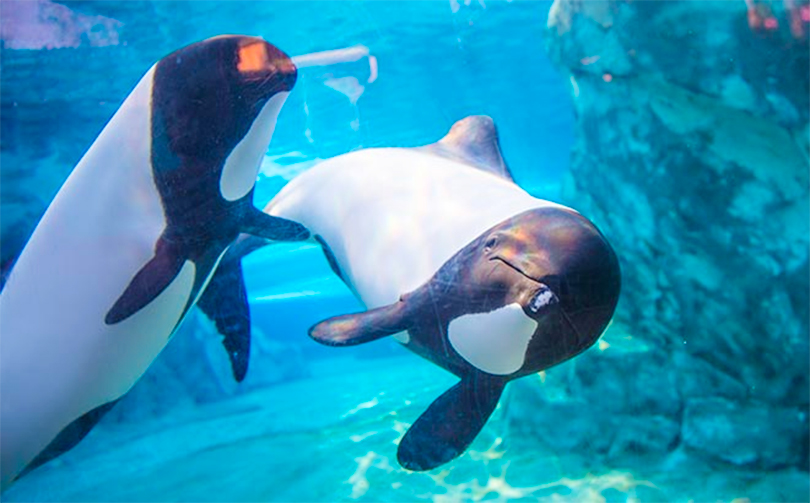
Where does the Commerson’s dolphin live? There are 2 subcategories that live 8000 km away from one another: The Cephalorhynchus commersonii commersonii, found in the extreme south part of America, Patagonia and Falkland Islands, feeds on coastal and pelagic fish which evolve at sea but also squid. The Cephalorhynchus commersonii kerguelenensis, which lives in the south part of the Indian Ocean around Kerguelen Islands, eats crustaceans.
6 / 8
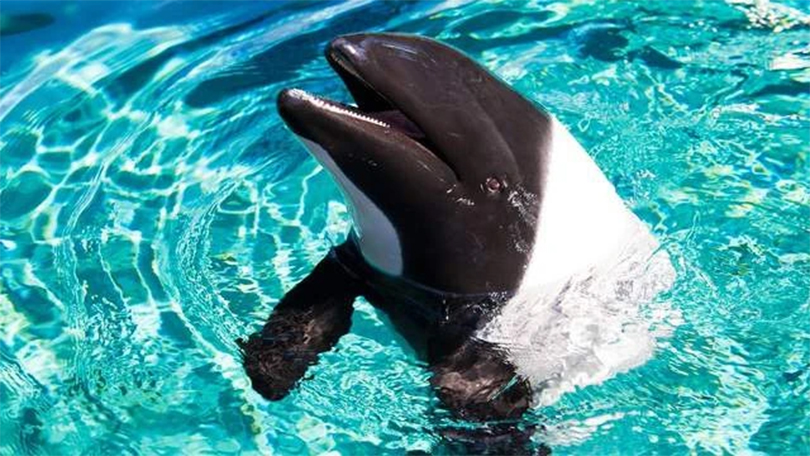
These beutiful dolphins can live alone or be part of a small pod. Even without a pod, these dolphins usually hunt together, surrounding fish in a tight group, and then swimming through the masses to eat. Commerson’s dolphins have a little over 100 teeth in total, consuming algae, octopuses, fish, and crustaceans. Their metabolism is so fast, the Commerson’s dolphin must eat 10% of its own weight each day. Commerson’s dolphins mate between September and February, having multiple partners to ensure reproduction. The mothers give birth to one calf after 10-12 months. The calf is born grey, roughly two feet long and weighing only 10-15 pounds! The calf will depend on its mother’s milk for four months before eating solid food, and eventually set off on its own.
7 / 8
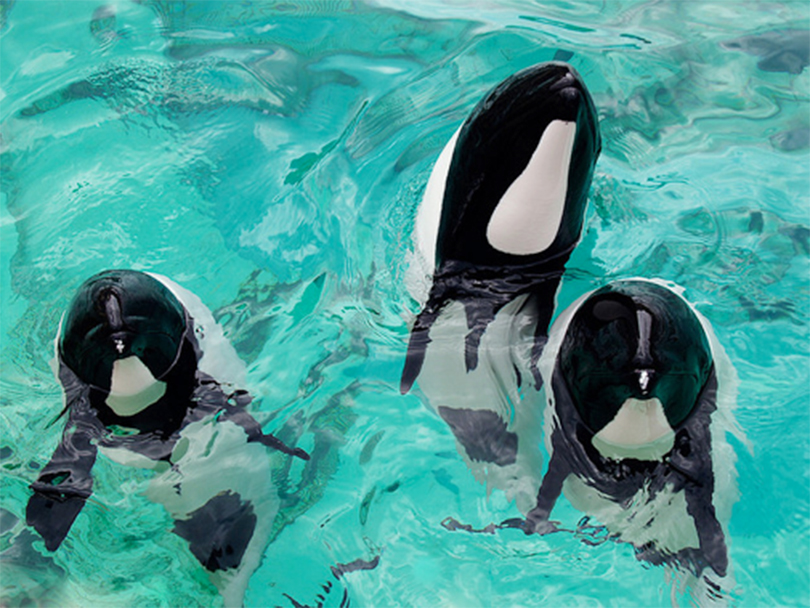
Commerson’s dolphins are known to be very social and playful. They can swim up to 7-8 miles per hour, often leaping out of the water and spinning in the air. These dolphins also ride the waves behind boats, breaking waves on the shore, or swimming upside-down. However, swimming upside-down may have more to do with increasing their visibility.
8 / 8

They are named after the French naturalist Dr. Philibert Commerson who first discovered them in the Strait of Magellan in 1767. You can watch video here:





